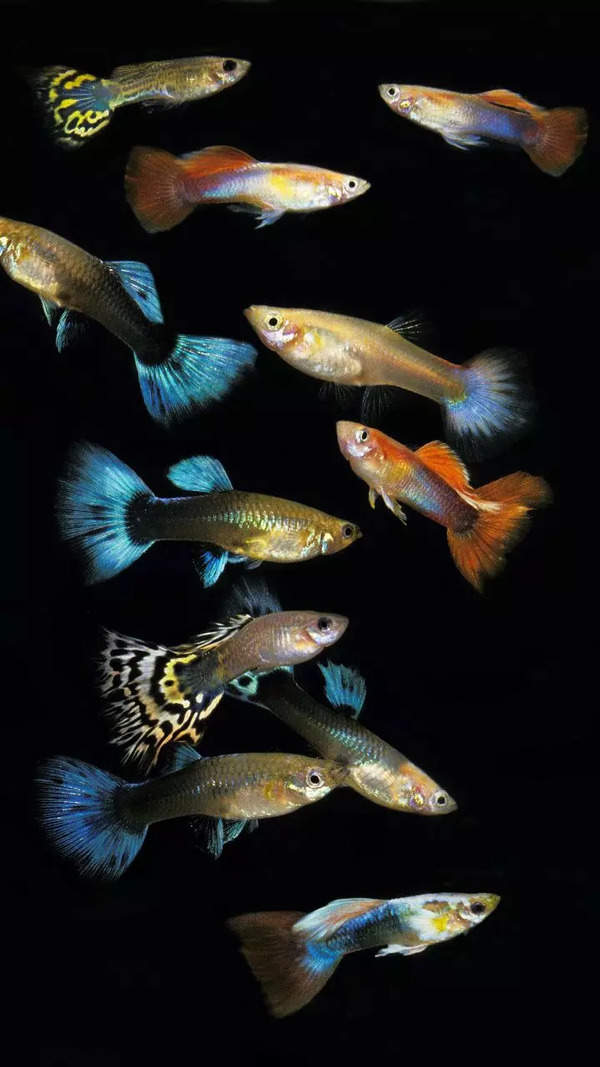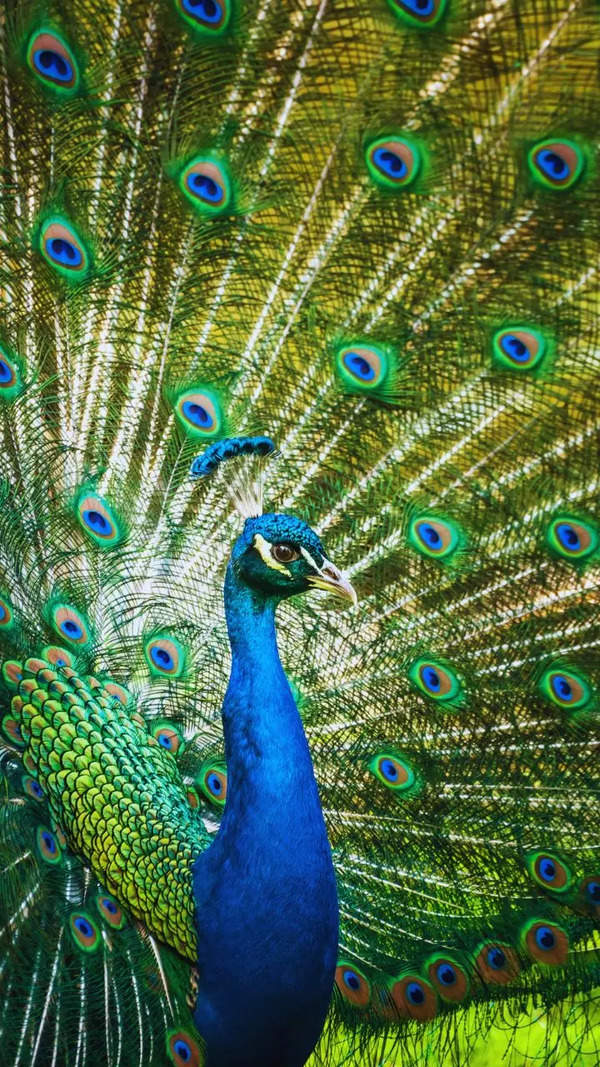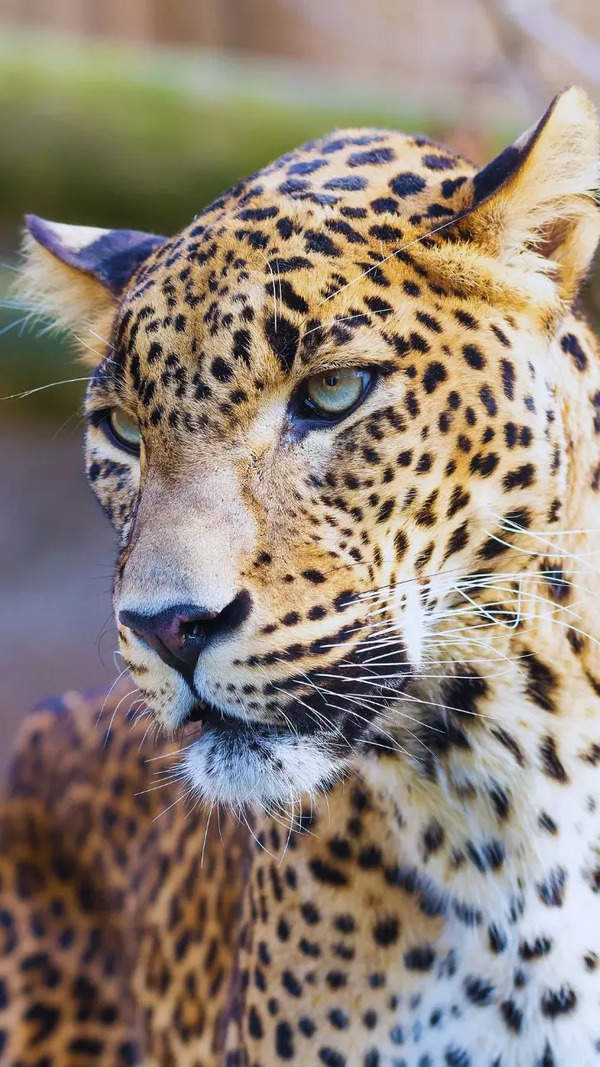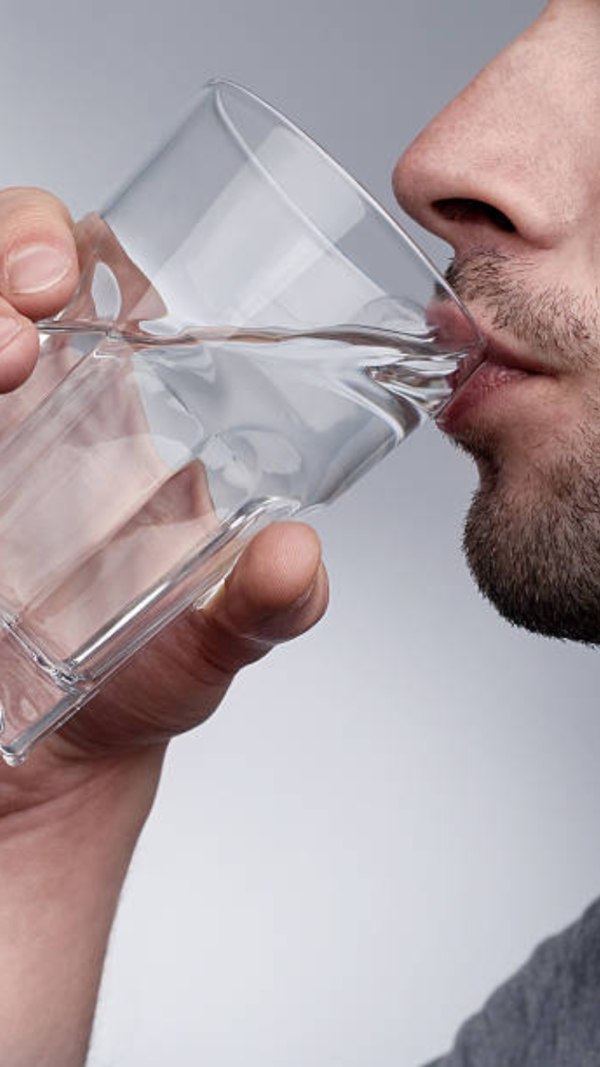- News
- lifestyle
- health-fitness
- health-news
- Sunita Williams, Butch Wilmore will be carried on stretchers after reaching Earth!
Trending
Sunita Williams, Butch Wilmore will be carried on stretchers after reaching Earth!
NASA astronauts Sunita Williams, Butch Wilmore, and Nick Hague are scheduled for splashdown on March 19 at 3.27am IST. Post-landing, they will face challenges like muscle deterioration, bone density loss, fluid redistribution, and disorientation. To recover, they undergo physical therapy to rebuild strength, balance training to retrain the vestibular system, and cardiovascular exercises to regain circulatory efficiency.
NASA astronauts Sunita Williams, Butch Wilmore, Nick Hague are expected to reach earth on March 19; the splashdown is expected at 3.27am as per Indian Standard Time. Fans and followers of the astronauts who have been praying for their safe return are worried about their health, especially how they will adjust to the earth's gravitational force.
One of the biggest challenges astronauts face is the inability to walk on earth. Many astronauts struggle to stand or move normally, often requiring assistance. This phenomenon is primarily due to the effects of microgravity on the human body. As soon as they reach Earth, they are carried on stretchers. "A lot of them don't want to be brought out on a stretcher, but they're told they have to be," John DeWitt, director of applied sports science at Rice University in Texas and a former senior scientist at NASA's Johnson Space Center told Live Science. He has developed methods to improve astronaut health during spaceflight.
Just like someone might experience motion sickness on a roller coaster or while riding in a boat on choppy waters, astronauts can experience dizziness and nausea when they return to Earth. Primarily for this reason, astronauts are typically rolled out on a stretcher after their landing as a precautionary measure, DeWitt said.
On our planet, our bones and muscles constantly act against gravity to hold our body and enable movement. In space, this resistance is significantly less in weightlessness conditions. Since there is no need to hold body weight, lower back, thigh, and calf muscles that play a significant role in walking deteriorate and lose mass. The skeletal system itself is impaired in microgravity. Astronauts lose as much as 1-2% of their bone density each month in space, risking fractures and hindering movement when they return.
Astronauts experience disorientation after returning to earth. Upon returning to Earth, astronauts may struggle with balance, as their vestibular system has adapted to the weightless environment. It takes time for their brain to recalibrate and correctly interpret signals from their inner ear. Movements that were effortless in space become awkward, as the brain must relearn how to move in a gravity-dependent environment.
How do they recover from the impact of microgravity?

About the Author
TOI Lifestyle DeskEnd of Article
FOLLOW US ON SOCIAL MEDIA
Visual Stories
Tired of too many ads?










